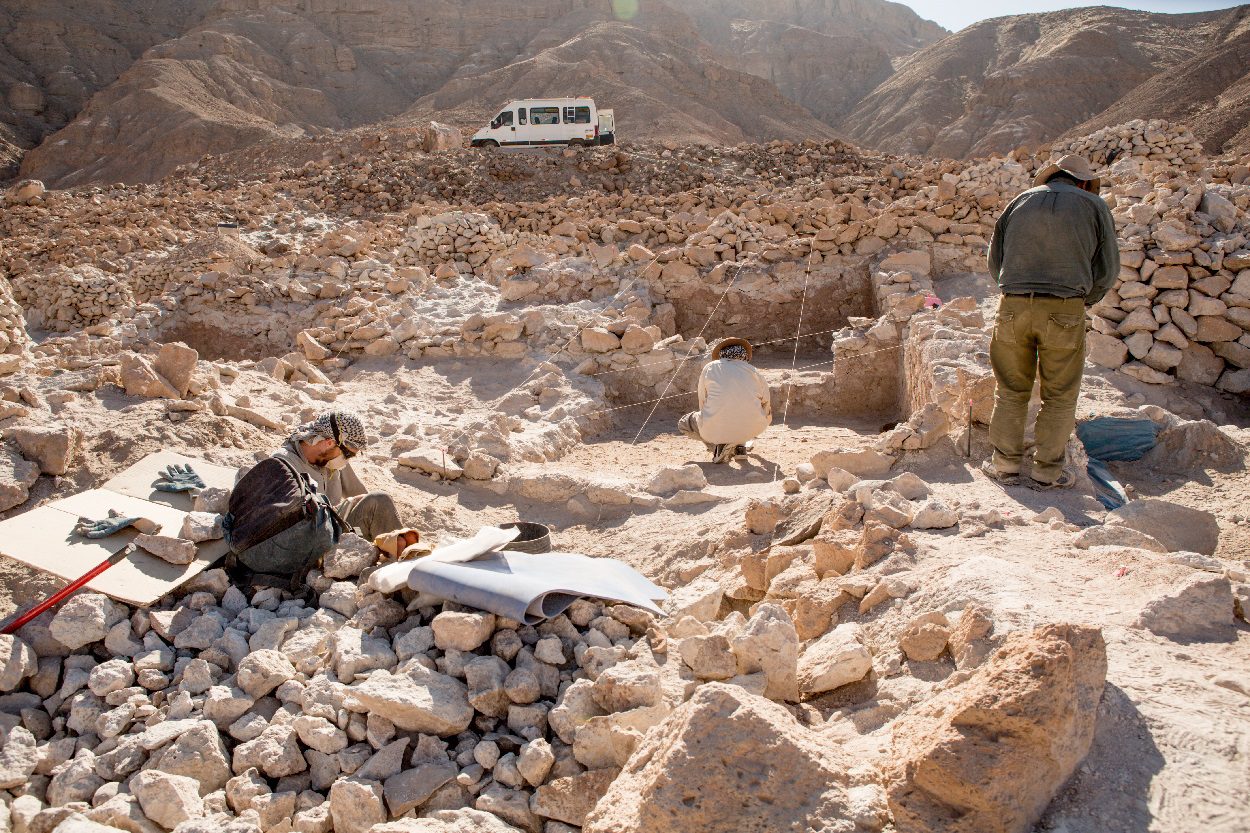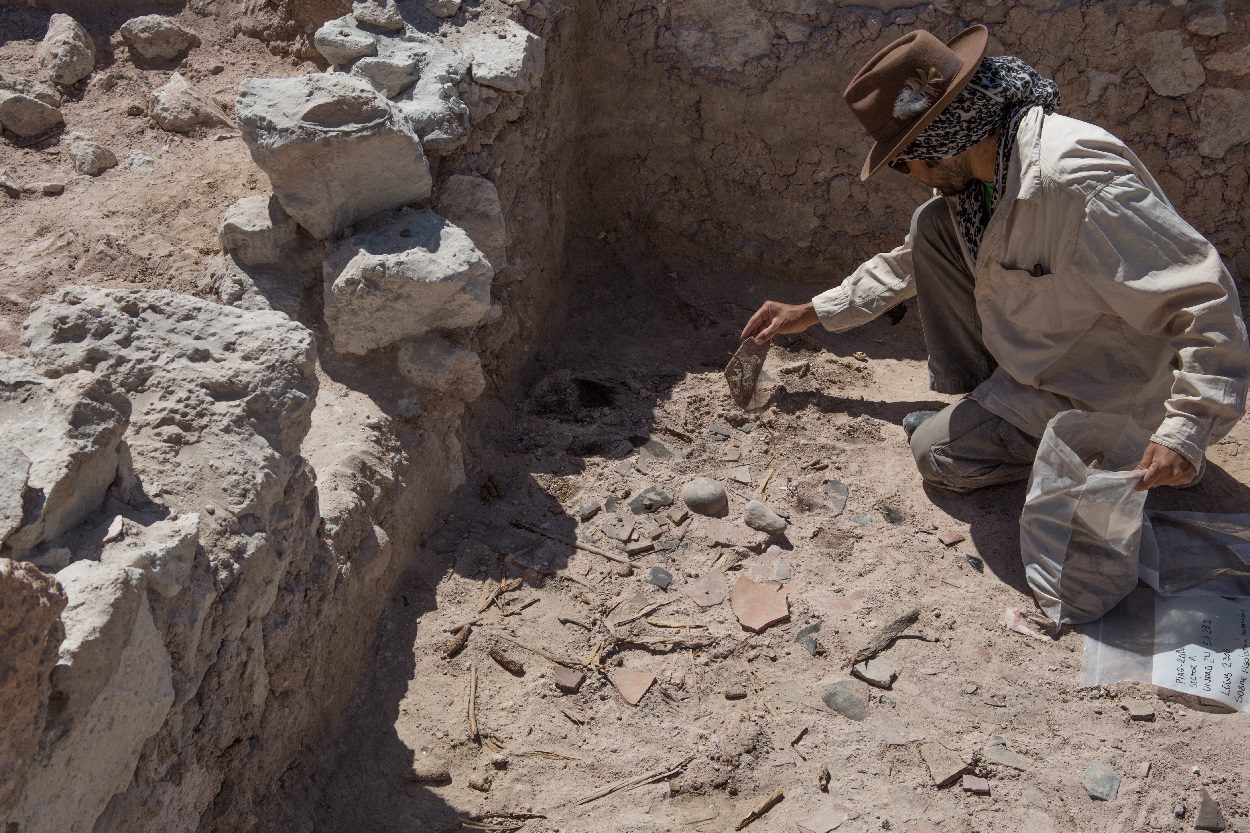New findings during excavations of the Wari outpost of Quilcapampa in Peru suggest that Wari leadership used communal drugs and beer to cement control and reinforce relationships.
The Wari Empire, also called the Huari Empire, emerged in the central highlands of Peru around AD 600. The Wari became dominant in much of the territory of the earlier Moche and later Chimu cultures, but centuries of drought led to the collapse of Wari state around AD 1000.
During the 9th century AD, Wari settlers founded the site of Quilcapampa in the Sihuas Valley of southern Peru, in which archaeologists from the Royal Ontario Museum have discovered over a million botanical remains.
In a study published in the journal Antiquity, an archaeobotanical analysis revealed that chicha, a beer-like alcoholic beverage, was brewed from the molle tree in large quantities at the site.

Chicha production and consumption probably comes from feasts held near the end of Quilcapampa’s occupation. The researchers also discovered the first seeds from the hallucinogenic Anadenanthera colubrina vilca tree, suggesting that the hallucinogenic drug was added to the beer to enhance the psychoactive effects of both.
Vilca has a long history of use in South America, with evidence of Vilca use at Inca Cueva in a 4,000 year-old-pipe, and the neighbouring Tiwanaku inhaling the drug as a snuff.
The main active constituent of vilca is bufotenin; to a much lesser degree DMT and 5-MeO-DMT. Bufotenin (5-HO-DMT, bufotenine) is a tryptamine derivative related to the neurotransmitter serotonin, which causes psychedelic effects similar to LDS and mescaline.
The Wari elite incorporated the hallucinogen into communal feasts to cement social relationships and highlight state hospitality. The researchers suggest this inclusive strategy may have been important for reinforcing Wari political control.
“These individuals were able to offer memorable, collective psychotropic feasts, but ensured that they could not be independently replicated,” the researchers wrote, noting that the difficulty in obtaining and preparing vilca would grant the Wari elites who provided it special status.
This appears to have been a key development for politics in the region. The later Inca Empire also followed the Wari communal style of drug use – although they preferred the group consumption of large quantities of maize beer rather than vilca.
The use of psychoactive substances is common in many societies and the researchers suggest many may have also seen a similar shift in how they were used. Perhaps these changes from exclusionary to inclusive drug use were important political developments in many regions. Find out more
Header Image Credit : Antiquity







